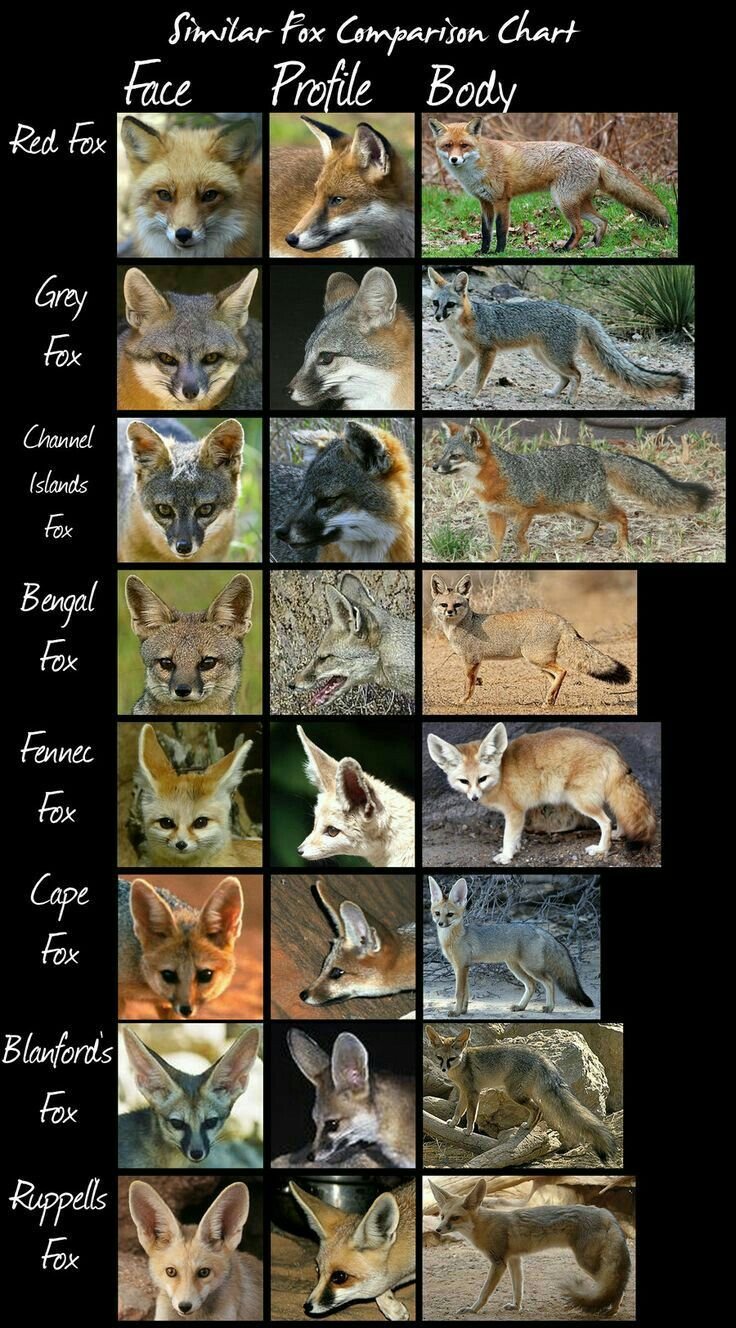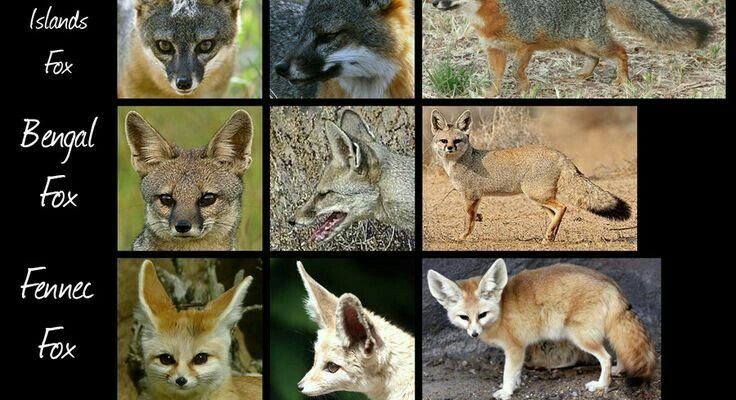
Let’s dive into the world of animals that resemble foxes. This journey will not only help you spot the differences but also give you a greater appreciation for the fascinating diversity in the animal kingdom. From wild canines to agile felines, there’s a bit of everything. So grab your favorite drink and let’s explore!
The Red Fox: The Classic Comparison
When it comes to animals similar to the fox, we can’t start anywhere else. The red fox is what most people picture when they think of foxes. With its fiery orange-red fur and white-tipped tail, this creature is truly striking. Found in various habitats, from forests to urban areas, red foxes are known for their clever hunting strategies and adaptability.
Here’s the thing: While they might be the most recognized of the fox family, they can also be confused with other canines. For example, they have a habit of scavenging, which brings them closer to human environments than some of their counterparts. If you’re trying to tell them apart from a similar-looking animal, look for their sharp, pointed ears and distinctive markings.
Visual cues to identify a red fox:
– Color: Deep red or orange fur with a white underbelly and tail tip.
– Size: About the size of a domestic cat, but longer and leaner.
– Behavior: Known for their playful antics and cleverness.
The Arctic Fox: A Cold Climate Neighbor
Next up is the Arctic fox, the little fluffball that thrives in cold climates. While it shares the fox lineage, the Arctic fox is adapted for survival in freezing temperatures with its thick, white fur that provides camouflage against the snow. In summer, this fox changes to a brown or gray coat for blending in with the tundra.
You might be wondering how to tell an Arctic fox apart from its red cousin. Well, their shorter snouts and rounder bodies are key indicators. They are also smaller than red foxes, which can be helpful when identifying them in the wild.
Key identifying features of the Arctic fox:
– Color Change: White in winter; brown/gray in summer.
– Body Shape: Stocky body with a bushy, furry tail.
– Habitat: Prefers the tundra and Arctic environments.
The Grey Fox: A Tree-Climbing Wonder
The grey fox is another fascinating relative of the red fox. This species has a grayish coat peppered with reddish hues on the sides and legs. What’s really interesting is that grey foxes are known for their ability to climb trees, a skill not commonly associated with foxes.
When comparing grey foxes to red foxes, the former have a more robust build and a slightly different facial structure. If you catch a glimpse of one, observe its bushy, black-tipped tail. And unlike red foxes, grey foxes tend to be a bit more reclusive, making them a bit of a hidden gem in the animal world!
Features to spot a grey fox:
– Color: A mix of gray and red fur; less vibrant than red foxes.
– Behavior: Known for their climbing abilities and elusive nature.
– Size: Comparable to red foxes but generally stockier.
The Kit Fox: The Desert Dweller
Meet the kit fox, a smaller and more petite relative. These critters thrive in arid environments like deserts and have large ears that help dissipate heat. Their sandy-colored fur provides excellent camouflage against the desert landscape. Honestly, if you’re in the wild and spot a fox darting away, it could very well be a kit fox!
One major distinguishing feature of the kit fox is its size — they tend to be much smaller than red foxes. While they share similar behaviors, kit foxes are more nocturnal, often hunting under the cover of night. If you’re trying to tell one apart, keep an eye out for their large ears and slender frame.
How to identify a kit fox:
– Size: Much smaller, weighing only about 6-8 pounds.
– Ears: Large and pointed, perfect for hearing.
– Fur: Light, sandy color for desert camouflage.
The Swift Fox: The Prairie Speedster
Next is the swift fox, a small and nimble creature that makes its home in the grasslands of North America. Like the kit fox, swift foxes are smaller than their red cousins, with a more slender build. They have a beautiful coat of yellowish-tan fur with a white underbelly.
If you’re lucky enough to spot one, you might notice how quickly they dart away. They are known for their speed and agility, which helps them avoid predators. When distinguishing them from red foxes, take note of their size and habitat — swift foxes prefer open prairies, where they can easily catch their prey.
Identifying features of the swift fox:
– Habitat: Loves open grasslands and prairies.
– Speed: Known for their quick movements.
– Color: Yellowish-tan coat with a white underside.
The Fennec Fox: The Desert Cutie
Let’s head to the Sahara with the adorable fennec fox. This small fox is famous for its ridiculously large ears, which can be almost as long as its body. These ears not only give the fennec its iconic look but also help it regulate body temperature in the hot desert.
In terms of size, the fennec fox is quite small, making it one of the tiniest members of the fox family. If you see a fox with enormous ears and a petite frame, you can be pretty sure it’s a fennec! Their creamy fur helps them blend into the sandy environment, making them both cute and clever.
Distinctive traits of the fennec fox:
– Ears: Significantly oversized compared to its body.
– Size: Small and compact, usually weighing around 2-3 pounds.
– Fur Color: Pale cream-colored fur for desert camouflage.
The Bat-Eared Fox: The Insect Hunter
The bat-eared fox stands out with its enormous ears—almost comically large! These ears are not just for looks; they help this fox detect the sounds of insects, which make up a significant part of its diet. Native to Africa, bat-eared foxes are social animals and often live in family groups.
When distinguishing bat-eared foxes from other similar species, look for their unique ear shape, which can be up to 6 inches long. Unlike typical foxes, they have a more slender body and a fox-like face with a pointed snout. They also have a mix of gray and tan fur, setting them apart from the more vibrant red fox.
Spotting a bat-eared fox:
– Ears: Extremely large and prominent.
– Diet: Primarily insectivorous, quite different from other foxes.
– Fur: Grayish-brown with lighter highlights.
The Corsac Fox: A Lesser-Known Relative
Finally, let’s chat about the corsac fox, a lesser-known but fascinating member of the fox family. Found in Central Asia, these foxes have a beautiful light gray coat and are well-adapted for their dry grassland habitats. Their slender build and agile nature make them expert hunters.
If you’re trying to differentiate corsac foxes from others, pay attention to their size and coat. They are generally smaller and have a unique, lighter fur pattern. Corsac foxes are also more social, often seen in pairs or small groups.
How to recognize a corsac fox:
– Size: Smaller than red foxes; very slender.
– Color: Light gray fur, distinct from many other foxes.
– Behavior: Often found in small social groups.
As we wrap up our journey through the world of fox-like animals, it’s clear that while many share traits with the beloved fox, each has its own unique characteristics and charm. Whether it’s the Arctic fox’s thick fur, the fennec’s gigantic ears, or the bat-eared fox’s impressive hearing, these animals remind us of the diversity found in nature. Next time you hear a rustle in the bushes or spot a fox-like creature, you’ll be armed with the knowledge to tell them apart! Keep exploring and appreciating the amazing wildlife around us!

